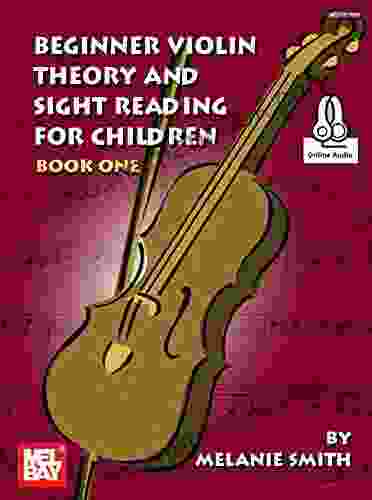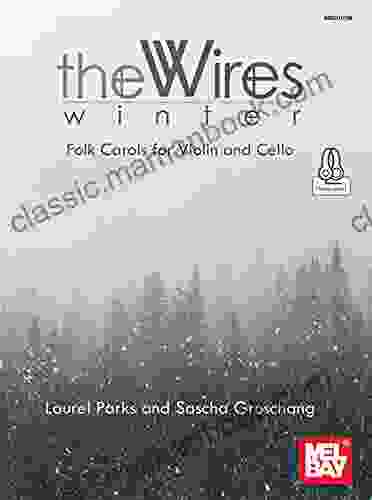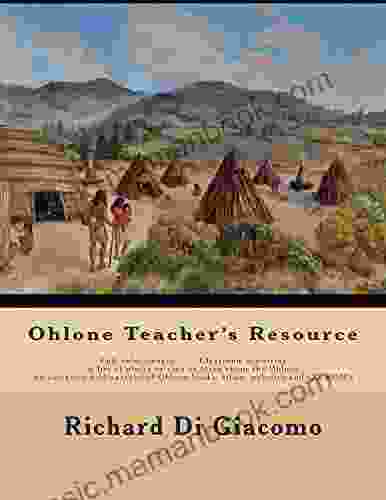Beginner Violin Theory and Sight Reading for Children: A Comprehensive Guide

Music education for children is a rewarding journey that fosters creativity, discipline, and cognitive development. Introducing young learners to the enchanting world of violin playing can be an enriching experience. This comprehensive guide will provide beginner violin theory and sight reading lessons tailored specifically for children, creating a solid foundation for their musical endeavors.
5 out of 5
| Language | : | English |
| File size | : | 65408 KB |
| Screen Reader | : | Supported |
| Print length | : | 300 pages |
Essential Violin Theory Concepts
Before embarking on sight reading, it's crucial to grasp the fundamental concepts of violin theory that will serve as a roadmap for understanding musical notation.
1. The Violin's Anatomy and Playing Position

Familiarize children with the different parts of the violin, including the scroll, neck, body, bridge, and tailpiece. Demonstrate the proper playing position, ensuring they hold the violin comfortably and correctly.
2. Music Notation Basics
- Musical Alphabet: Introduce the seven musical alphabet letters - A, B, C, D, E, F, G - and their corresponding notes on the staff.
- Musical Staff: Explain the concept of the musical staff, which consists of five lines and four spaces, and how notes are placed on it.
- Clefs: Teach the treble clef, which is commonly used for violin music, and its function in indicating the pitch range of notes.
3. Note Values and Rhythm
- Note Values: Guide children through the different note values, such as whole notes, half notes, quarter notes, and eighth notes, and their corresponding durations.
- Rhythm: Introduce basic rhythmic patterns, such as simple and compound time signatures, and how to count and play them accurately.
- Meter: Explain the concept of meter, which organizes musical beats into groups, and how to identify time signatures.
Sight Reading for Young Violinists
Sight reading is a crucial skill for musicians, allowing them to read and perform music for the first time. Here's how to introduce sight reading to children in a fun and engaging way:
1. Start with Familiar Melodies
Begin with simple melodies that children are already familiar with, such as nursery rhymes or folk songs. This will make the task less daunting and help them connect with the music.
2. Use Visual Aids
Incorporate visual aids, such as colored note cards or flashcards, to represent different notes and rhythms. This can help children associate notes with their corresponding symbols.
3. Gradual Progression
Start with short and easy exercises and gradually increase the difficulty as children become more comfortable. This will boost their confidence and motivation.
4. Incorporate Games and Activities
Make sight reading enjoyable by incorporating games and activities. For example, play "Musical Bingo" where children have to fill in a bingo card with notes as they appear in the music.
Practice Tips for Young Violinists
- Regular Practice: Encourage children to practice regularly, even for short periods, to improve their skills and muscle memory.
- Focus on Accuracy: Emphasize the importance of playing notes and rhythms accurately, as this will help them develop good habits.
- Use a Metronome: Introduce a metronome to help children maintain a steady tempo and improve their rhythm.
- Listen and Observe: Encourage children to listen to violin music and observe experienced violinists to learn and refine their techniques.
- Have Fun: Most importantly, make learning the violin enjoyable for children. Create a positive and supportive environment where they can explore and express themselves through music.
Introducing children to violin theory and sight reading is a rewarding endeavor that can ignite their passion for music. By providing them with a solid foundation in these essential concepts, we empower them to embark on a lifelong journey of musical discovery and expression. With patience, guidance, and encouragement, young violinists can develop their skills, enhance their creativity, and experience the joy and fulfillment that comes from making beautiful music.
5 out of 5
| Language | : | English |
| File size | : | 65408 KB |
| Screen Reader | : | Supported |
| Print length | : | 300 pages |
Do you want to contribute by writing guest posts on this blog?
Please contact us and send us a resume of previous articles that you have written.
 Top Book
Top Book Novel
Novel Fiction
Fiction Nonfiction
Nonfiction Literature
Literature Paperback
Paperback Hardcover
Hardcover E-book
E-book Audiobook
Audiobook Bestseller
Bestseller Classic
Classic Mystery
Mystery Thriller
Thriller Romance
Romance Fantasy
Fantasy Science Fiction
Science Fiction Biography
Biography Memoir
Memoir Autobiography
Autobiography Poetry
Poetry Drama
Drama Historical Fiction
Historical Fiction Self-help
Self-help Young Adult
Young Adult Childrens Books
Childrens Books Graphic Novel
Graphic Novel Anthology
Anthology Series
Series Encyclopedia
Encyclopedia Reference
Reference Guidebook
Guidebook Textbook
Textbook Workbook
Workbook Journal
Journal Diary
Diary Manuscript
Manuscript Folio
Folio Pulp Fiction
Pulp Fiction Short Stories
Short Stories Fairy Tales
Fairy Tales Fables
Fables Mythology
Mythology Philosophy
Philosophy Religion
Religion Spirituality
Spirituality Essays
Essays Critique
Critique Commentary
Commentary Glossary
Glossary Bibliography
Bibliography Index
Index Table of Contents
Table of Contents Preface
Preface Introduction
Introduction Foreword
Foreword Afterword
Afterword Appendices
Appendices Annotations
Annotations Footnotes
Footnotes Epilogue
Epilogue Prologue
Prologue Edward Conard
Edward Conard Donald Jeffries
Donald Jeffries Dr Georgi Losanov
Dr Georgi Losanov Cherri Galbiati
Cherri Galbiati Ernest Cline
Ernest Cline Rahima Baldwin Dancy
Rahima Baldwin Dancy James Pierson Beckwourth
James Pierson Beckwourth Techexp Academy
Techexp Academy Paul A Wagner
Paul A Wagner Lydia Olson
Lydia Olson James F Coyle
James F Coyle Paul Werstine
Paul Werstine Joanne Steer
Joanne Steer Marianne Wiggins
Marianne Wiggins Archie Goodwin
Archie Goodwin Zach Antonov Md
Zach Antonov Md M Ruth Myers
M Ruth Myers Christian Jacq
Christian Jacq Brandon Roe
Brandon Roe Linda A Lacharity
Linda A Lacharity
Light bulbAdvertise smarter! Our strategic ad space ensures maximum exposure. Reserve your spot today!

 Phil FosterEffectively Parenting an Explosive Child: A Comprehensive Guide for Parents...
Phil FosterEffectively Parenting an Explosive Child: A Comprehensive Guide for Parents... Joel MitchellFollow ·10.8k
Joel MitchellFollow ·10.8k Christian CarterFollow ·14.6k
Christian CarterFollow ·14.6k Virginia WoolfFollow ·12.1k
Virginia WoolfFollow ·12.1k Jacob FosterFollow ·10.5k
Jacob FosterFollow ·10.5k Juan ButlerFollow ·4.9k
Juan ButlerFollow ·4.9k Herbert CoxFollow ·5.1k
Herbert CoxFollow ·5.1k Nathan ReedFollow ·18.3k
Nathan ReedFollow ·18.3k Manuel ButlerFollow ·17.7k
Manuel ButlerFollow ·17.7k
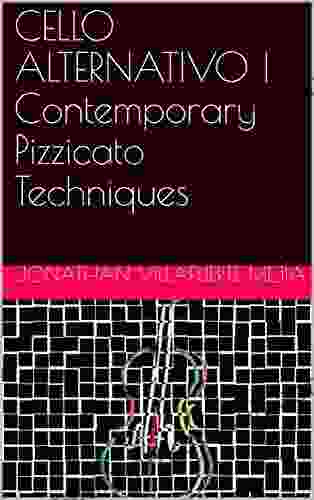
 Bryan Gray
Bryan GrayCello Alternativo: Exploring Contemporary Pizzicato...
: Embracing the Avant-Garde Within...
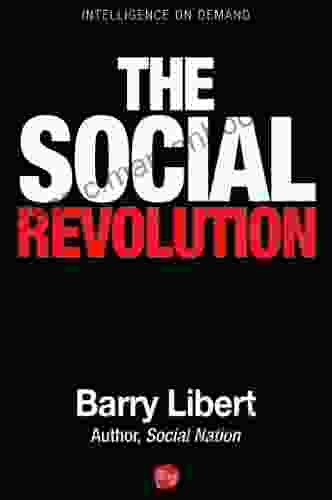
 Victor Hugo
Victor HugoThe Social Revolution: Barry Libert's Vision for a More...
In a world where...

 Tony Carter
Tony CarterA Comprehensive Guide to Crafting Clear and Effective Job...
A job description is a critical tool...
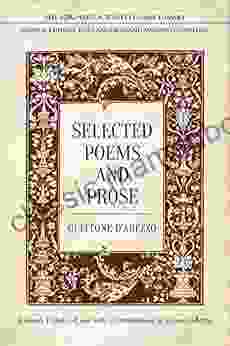
 Deacon Bell
Deacon BellSelected Poems And Prose Lorenzo Da Ponte Italian Library
Lorenzo Da Ponte, born...

 Francisco Cox
Francisco CoxWhat You Need To Know About Opportunity Cost: A...
Opportunity cost is a fundamental concept...

 Bill Grant
Bill GrantWhy Our Kids With Behavioral Challenges Are Falling...
Every year,...
5 out of 5
| Language | : | English |
| File size | : | 65408 KB |
| Screen Reader | : | Supported |
| Print length | : | 300 pages |


